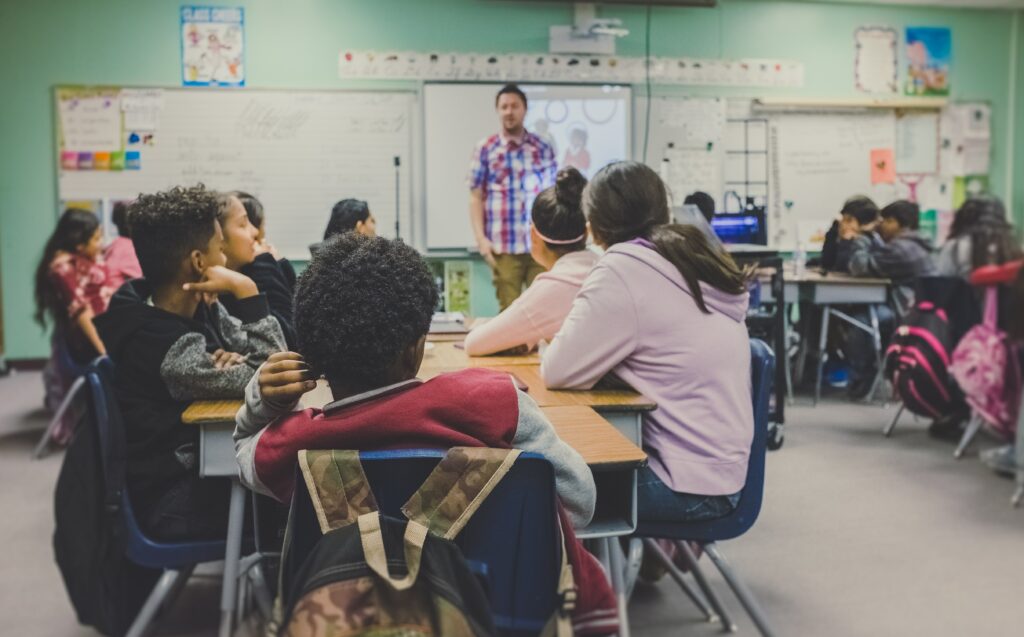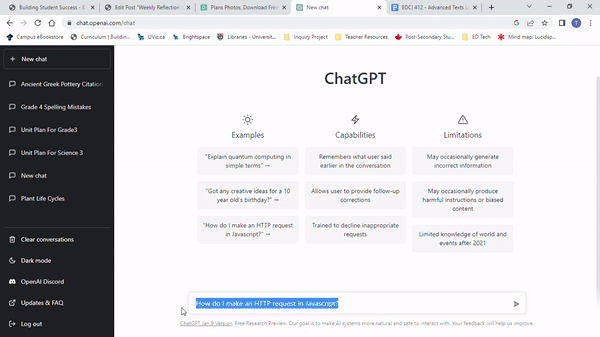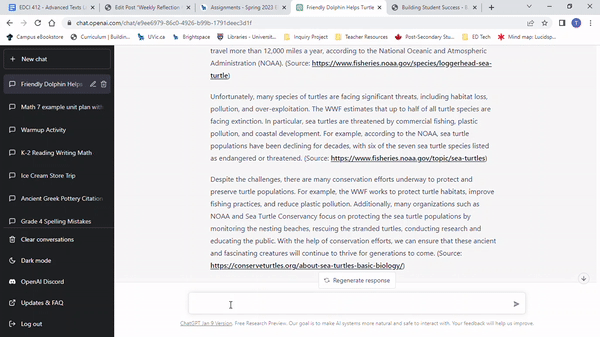
Learning and Lesson Plans – Pros vs. Cons
Lesson plans, as most teachers are familiar with, are for organizing content into a sequence for instruction. These plans are for the entire class, with differentiation and adaptations included. Learning plans are for individuals, and lists their specific needs for development. Creating a learning plan, or multiple learning plans, is a time consuming effort, but are worth it for those students who need tailored support. I am not an expert in either lesson or learning plans, but clearly both will be important and necessary for my future practice. I am someone who will forget a key aspect of a topic if I have not written it down first, and that I have checked in on the notes prior to a lesson. Similarly, if a student has additional needs, a refresher each time I view the lesson would be helpful.
Benefits of Creative-commons Images

Creative-Commons are a free and flexible way of incorporating images in not only my blog posts, but future assignments and projects that I have my students complete. Lessons can be developed to introduce concepts like citations, plagiarism, or develop a student’s skepticism, flexibility, or critical thinking skills. A classmate wanted to find an image of an “Instant Pot”, but could not find anything that was not sponsored; however, a second search of “pressure cooker” did get a hit. Additionally, many of the images are clear and visually striking, and can be found for a large variety of topics.
Photo by Anastase Maragos on Unsplash
ChatGPT – Potentially Problematic, Assured Life-Changer
I love the idea of ChatGPT, and the potential benefits it has for myself as a teacher, and my students as learners. For example, I asked the AI to “create a paragraph with intentional spelling mistakes at a grade 3 level.”

Immediately after, I asked it to repeat the paragraph with no errors. In all, it took a minute and change to complete. Similarly, the same can be repeated for grammar, or to create a story based on student interests. For the teacher, ChatGPT can create a basic unit or lesson plan on any given topic. If asked, it will even incorporate Core Competencies, Curricular Competencies, Big Ideas, and Content areas, can be asked to incorporate First Peoples’ knowledge and ways of knowing, or can create a minute by minute breakdown of a lesson with a script you could modify.
Despite the benefits of ChatGPT, it cannot be overlooked how easy this tool can be used for cheating. Within seconds, a grade 4/5 student could have a 200 word summary of Charlotte’s Web. I got ChatGpt to create a 5 paragraph essay about turtles that included in-text citations(no page numbers) and a hyperlink to each source that was used only needing to ask two or three follow up questions. Certainly, the use of ChatGPT in classrooms need to be monitored, and with well established guidelines on its use. As long as the assignment isn’t actually writing something, using ChatGPT shouldn’t be a bad thing, especially since it requires critical thinking to get the best answer. The more detail and thought put into a new chat, the more specific the program is. For example, ChatGPT would be a great tool for students to create an outline if they provide the subject and info to discuss. Eg, “create an outline for a 5 paragraph essay about turtles. I want to talk about the different kinds of turtles, where turtles live, and how long turtles live for.”
